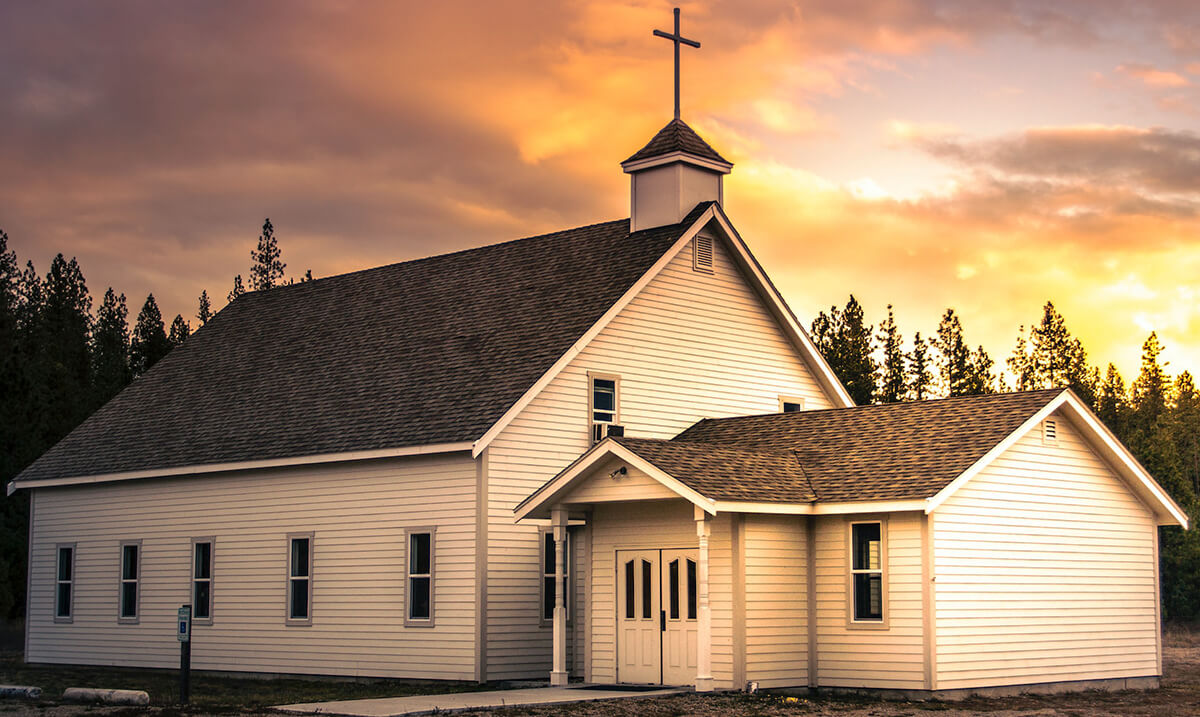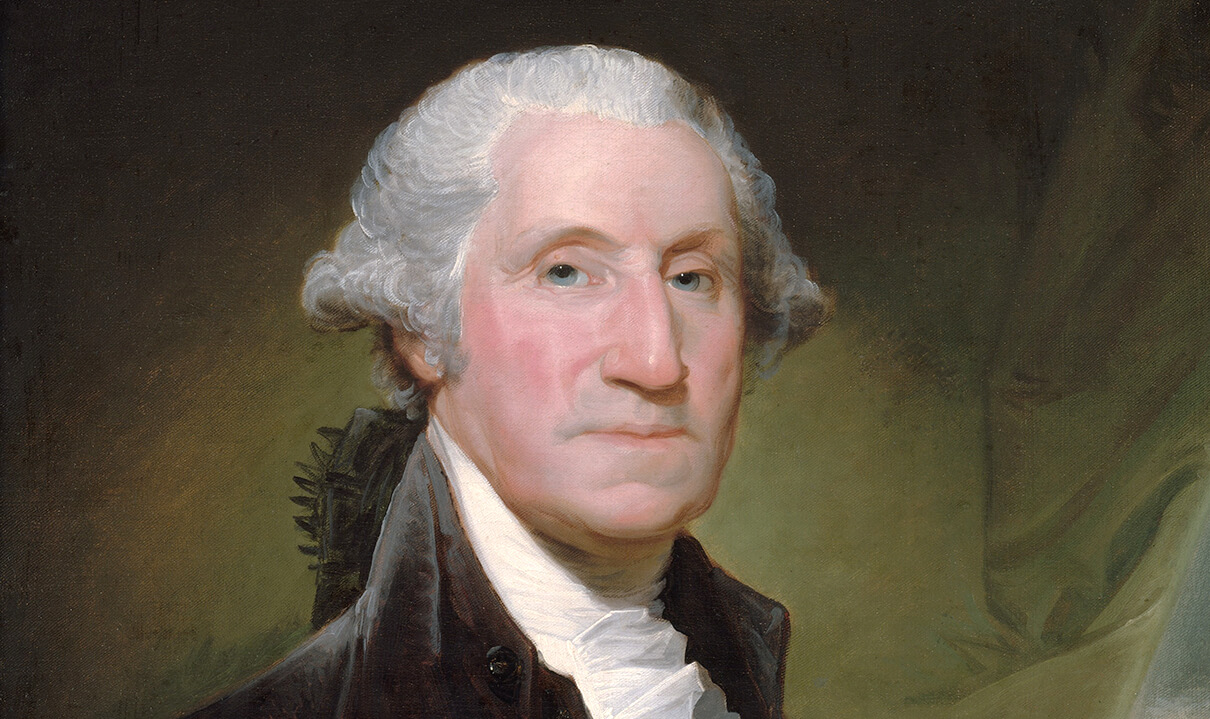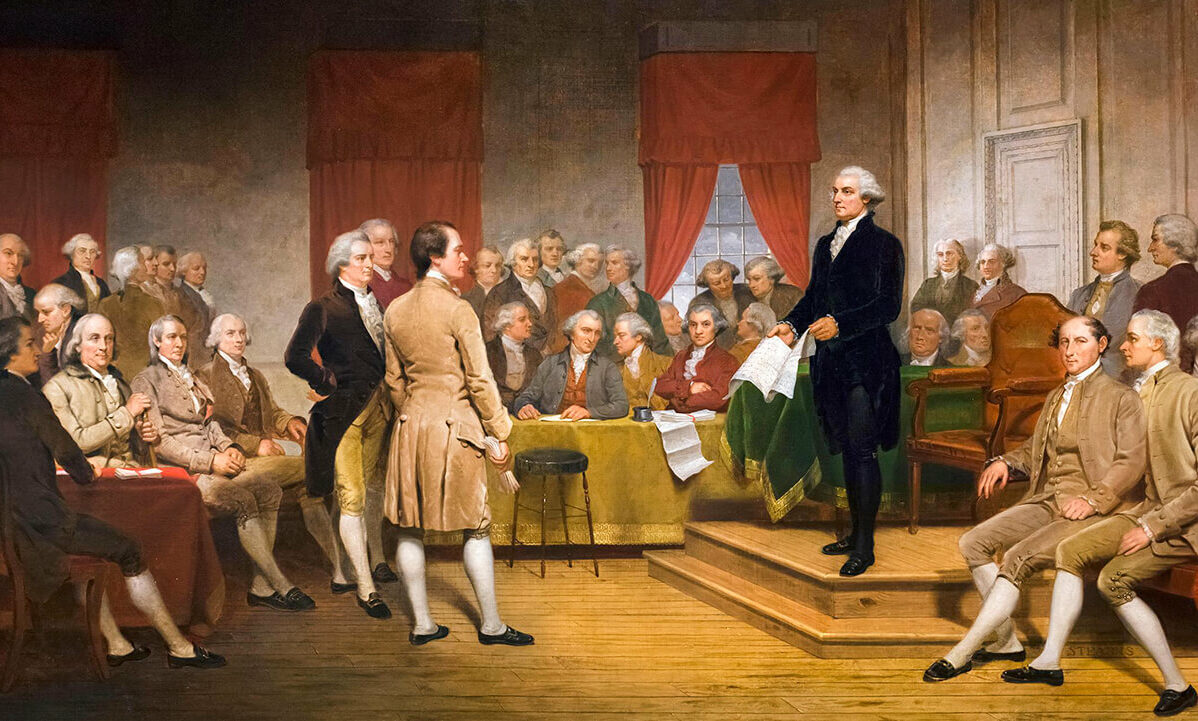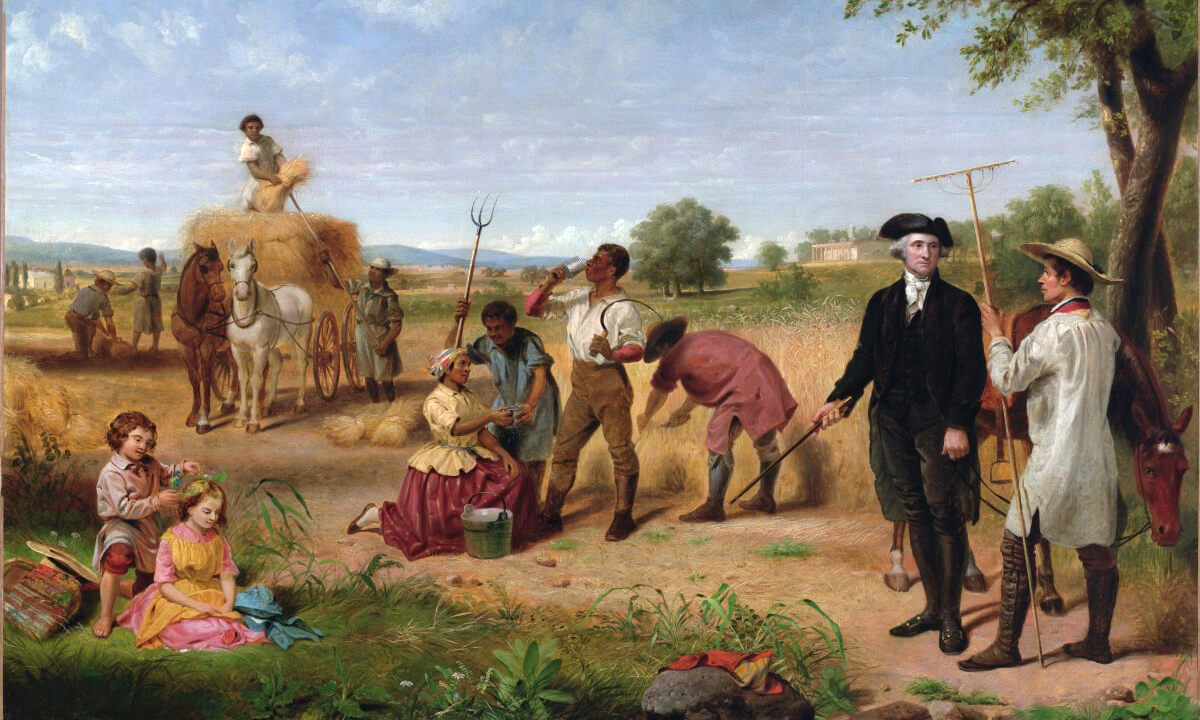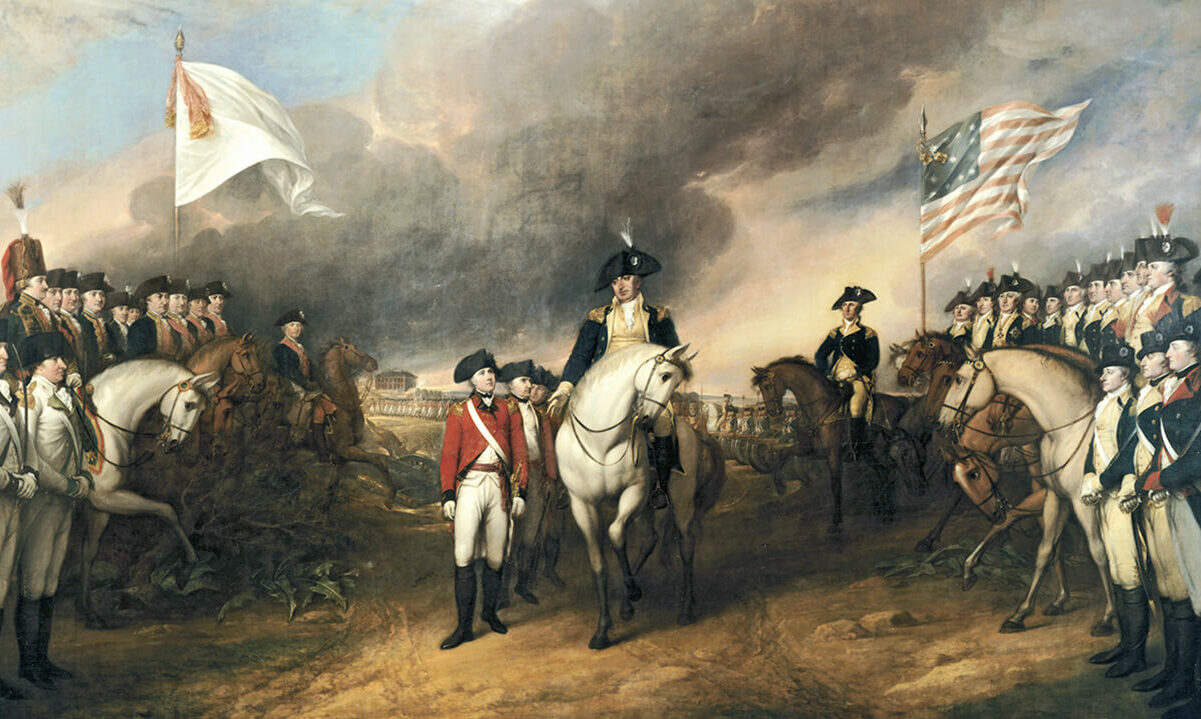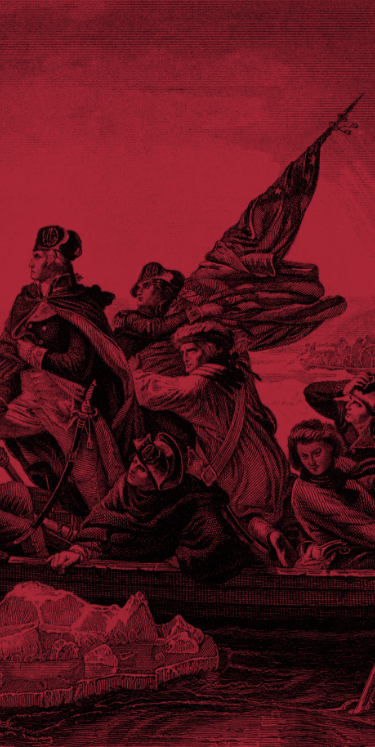Throughout the War for Independence, from the Siege of Boston to the Battle of Yorktown, artillery played a decisive role in securing America’s freedom.
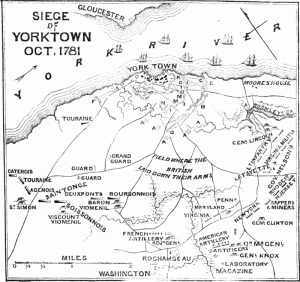 Starting on September 28th and ending with British capitulation on October 19th, the Battle of Yorktown was the last major military engagement of the war. Commanders for the Allied land forces included Generals Henry Knox, Marquis de Lafayette, and Rochambeau under George Washington, while the Allied naval forces consisted of the French fleet led by Comte de Grasse. Most of the engagement at Yorktown centered on the artillery of the two sides, while the main infantry movements were the capture of Redoubts 9 and 10.
Starting on September 28th and ending with British capitulation on October 19th, the Battle of Yorktown was the last major military engagement of the war. Commanders for the Allied land forces included Generals Henry Knox, Marquis de Lafayette, and Rochambeau under George Washington, while the Allied naval forces consisted of the French fleet led by Comte de Grasse. Most of the engagement at Yorktown centered on the artillery of the two sides, while the main infantry movements were the capture of Redoubts 9 and 10.
The military journal of Major Ebenezer Denny, a Pennsylvanian recruit present at the Battle of Yorktown, describes the stages of the siege and the dramatic effect the artillery had. On the 28th of September, the beginning of the engagement, Major Denney noted that:
One-third of the army on fatigue every day, engaged in various duties, making gabions,1 fascines,2 saucissons,3 &c., and great exertions and labor in getting on the heavy artillery. Strong covering parties (whole regiments) moved from camp as soon as dark, and lay all night upon their arms between us and the enemy. … Now and then a heavy shot from the enemy’s works [artillery pieces] reached our camp.4
After getting the artillery parks in place and operational, he gives an account of siege works and the nightly barrages:
At length, everything in readiness, a division of the army broke ground on the night of the 6th of October, and opened the first parallel [trench] about six hundred yards from the works of the enemy. Every exertion to annoy our men, who were necessarily obliged to be exposed about the works; however, the business went on, and on the 9th our cannon and mortars began to play. The scene viewed from the camp now was grand, particularly after dark—a number of shells from the works of both parties passing high in the air, and descending in a curve, each with a long train of fire, exhibited a brilliant spectacle.5
On October 11th he explains that the:
Second parallel [was] thrown up within three hundred yards of the main works of the enemy; new batteries erected, and additional number of cannon brought forward—some twenty-four pounders and heavy mortars and howitzers. A tremendous fire now opened from all the new works, French and American. The heavy cannon directed against the embrasures and guns of the enemy. Their pieces were soon silenced, broke and dismantled. Shells from behind their works still kept up.6
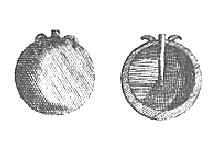
Major Denny mentions all three types of artillery—cannons, howitzers, and mortars. Denny noted that of these three, the mortars were the ones most notable for firing the distinctive bomb shells which left the long trains of fire. Mortars have short barrels with an extremely large bore in proportion to the length. Their main purpose was to “throw hollow shells, filled with powder, which falling on any building or into the works of a fortification, bust, and their fragments destroy everything within reach.”7
Major Denny participated in the assault led by Alexander Hamilton upon the redoubts on the 14th of October, and the next day he noted:
Heavy fire from our batteries all day. A shell from one of the French mortars set fire to a British frigate; she burnt to the water’s edge, and blew up—made the earth shake. Shot and shell raked the town in every direction. Bomb-proofs the only place of safety.8
General Cornwallis, realizing that his troops could not continue through such an unrelenting barrage and seeing that his supplies were dwindling due to the French blockade, made the decision to surrender. After the articles of capitulation were signed and the British grounded their weapons on the 19th of October, Major Denny and the rest of the troops took possession of Yorktown, whereupon he stated:
Never was in so filthy a place—some handsome houses, but prodigiously shattered. Vast heaps of shot and shells lying about in every quarter, which came from our works. The shells did not burst as expected.9
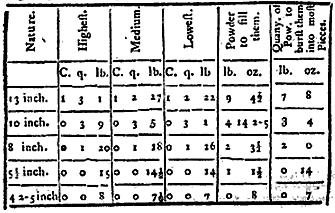
The shells Major Denny refers to were mortar-fired hollow casings made of iron which would have a hole an inch in diameter for the fuse to enter. In operation, the shells would be filled with powder, a fuse would be fed through the hole, and the hole would be sealed with a plug of either cork or wood.10 The bombs themselves would be prepared during the days leading up to the engagement in what was called the laboratory.11 When packing the shells in the laboratory, it was generally accepted that, in order to achieve the most complete fragmentation, the shell should not be completely filled; with some saying that it should be as much as 1/3 empty.12 What exactly Major Denny meant when he said that the shells failed to burst as expected could mean two things. It could mean that the shells did not fragment at all, due to a failure in the fuse or powder; it could just mean that the fragmentation was not even or to the desired degree.
Whatever the case, is was the incredible skill of the French and American artillery men which forced General Cornwallis to surrender Yorktown to George Washington, thereby ensuring independency for the American people.13
In our collection at Wallbuilders we have an unfragmented mortar shell excavated near Yorktown at the site of an overturned wagon. It is 8 inches in diameter making it a medium sized mortar. The pitted surface was standard among the shells from all nations. You can clearly see the hole which the fuse would be fed through and the seam connecting the two halves of the shell.

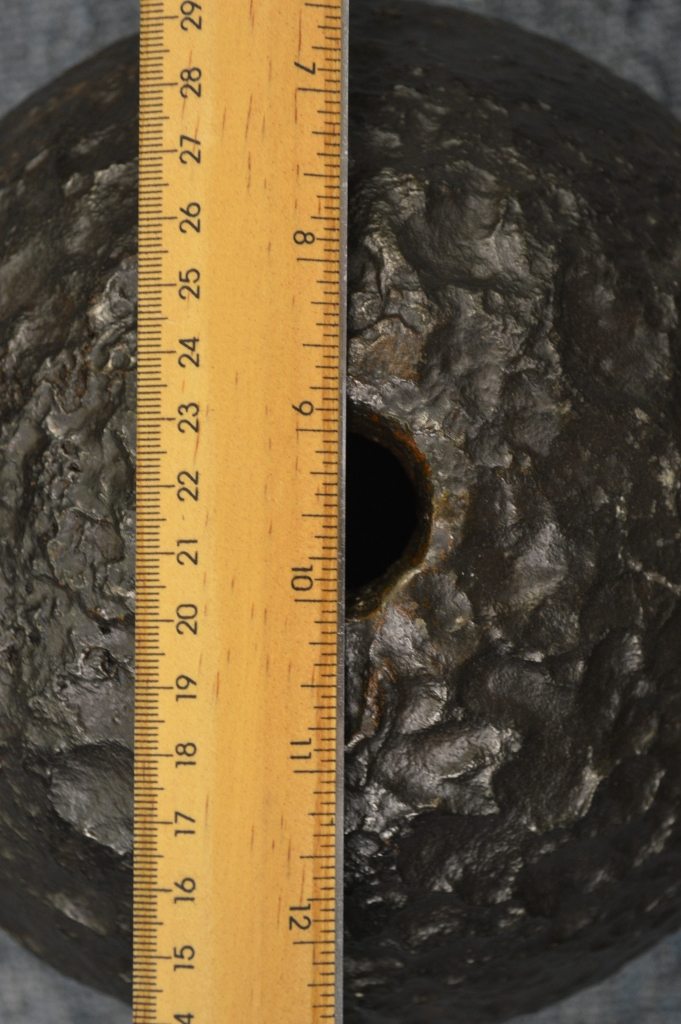



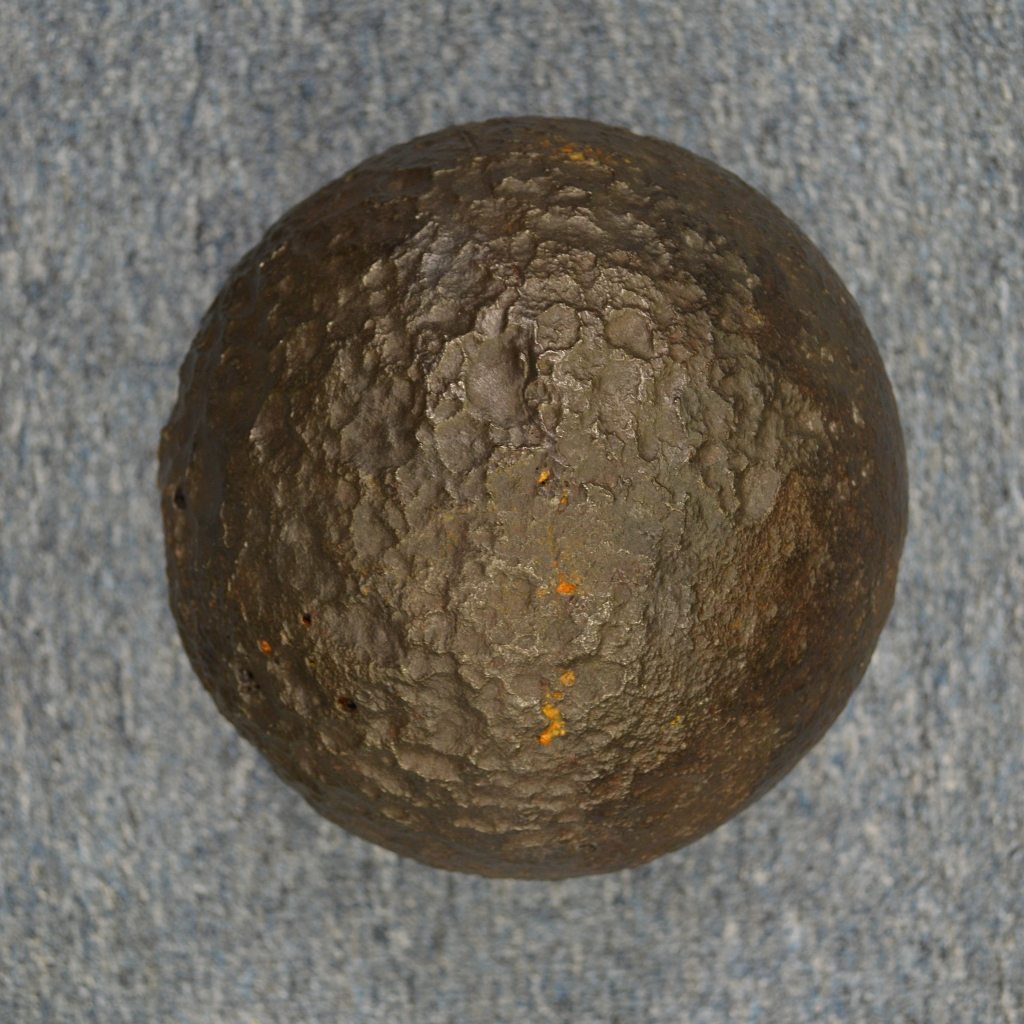
Endnotes
1 Gabions are cages made from wicker which then are filled with either stones or soil in order to construct defensive fortification such as parapets.
2 Fascines are bundles of sticks tied together which are employed for crossing marshy ground or trenches, and sometimes used for supporting the sides of preexisting earthen works.
3 Saucissions, deriving their name due to perceived similarities to French sausages, are longer versions of fascines which typically take more than one man to transport, typically being from 18 to 20 feet long. See The British Military Library, or, Journal Comprehending a Complete Body of Military Knowledge (London: J. Carpenter and Co., 1801), II:531.
4 Ebenezer Denny, The Military Journal of Major Ebenezer Denny, an Officer in the Revolutionary and Indian Wars (Philadelphia: J. B. Lippincott & Co., 1859) September 28, 40.
5 Denny, Military Journal, 41.
6 Denny, Military Journal, 42.
7 The British Military Library, II:508.
8 Denny, Military Journal, 43.
9 Denny, Military Journal, 45.
10 The British Military Journal II:570-571.
11 The British Military Library, II:415.
12 John Muller, Treatise of Artillery (London: John Millan, 1768), 90.
13 Jerome A. Greene, The Guns of Independence: The Siege of Yorktown, 1781 (New York: Savas Beatie, 2005), 384.
Still looking for answers? Visit our FAQ page
More Resources
Know the Truth and Protect Your Freedoms.
Still looking for answers? Visit our FAQ page
Stay Informed with the Latest Resources
Enter your email address to receive our regular newsletter, with important information and updates right in your inbox!

